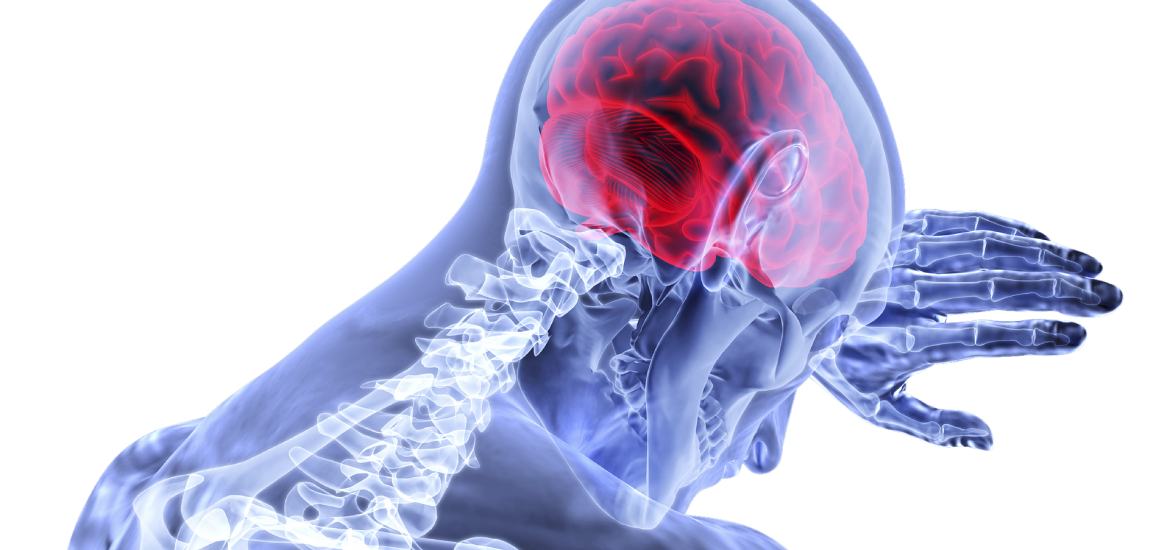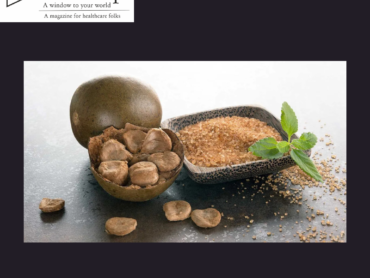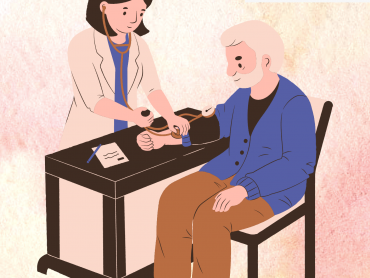Pain is the most common symptom encountered by any musculoskeletal physiotherapist in daily practice, be it post-surgical or chronic pain. Managing pain has been always the focus of musculoskeletal physiotherapy. In recent years, pain science has advanced considerably with good evidence supporting it. This has revolutionized physiotherapy in recent years.
Let us understand a few things about pain, before discussing what we can do about it.
First and foremost, let us look at the definition of pain. As per the International Association for the study of pain, ‘Pain is an unpleasant sensory and emotional experience associated with actual or potential tissue damage, or described in terms of such damage.’ Primarily, pain is an unpleasant sensory and emotional experience that means pain is an output and not an input. Pain is dependent on the type of input and how our brain processes this input.
Let us understand this input and processing first. Our nerve endings in the body recognize sensations, like temperature, pressure and chemical changes. These nerve endings carry this information to our brain via the spinal cord. When this input reaches the brain, it is now the brain’s job to assign importance to each of the sensations. Based on various factors such as our perception, belief, expectations, environment, past experience, etc. our brain processes this input, and decides to act on the output.
For e.g. let’s imagine someone rolls their ankle resulting in an ankle sprain. If that person is in the middle of the road, then he will first move towards the footpath, before paying any attention to his ankle. If the same person is running late for his job interview or playing a grand final then, he might soldier on with an injured ankle. However, if the same person is in an unwanted situation such as a stressful exam, then the reaction and intensity of pain felt will vary. His pain intensity and fear will also vary if he has recently recovered from any leg injury on the other side. In a nutshell, unpleasant sensory or emotional experiences will be determined by multiple factors ‘as perceived by the brain’.
 The second part of this definition says, ‘actual or potential tissue damage, or described in terms of such damage’. There are various studies published about actual tissue damage on various body parts and pain intensity. They indicate that actual tissue damage DOES NOT determine the level of pain. The intensity of pain felt will vary; even if the same type of injury happens to the same person ‘under different circumstances’. It means, even if there is the same tissue damage in every situation, various other factors play an important role in determining pain intensity, than the injury itself. We have seen so many sportsmen and people around us excelling in their physical task even though they have known tissue damage. We always hear stories of someone playing through an entire match with a broken nose or an arm.
The second part of this definition says, ‘actual or potential tissue damage, or described in terms of such damage’. There are various studies published about actual tissue damage on various body parts and pain intensity. They indicate that actual tissue damage DOES NOT determine the level of pain. The intensity of pain felt will vary; even if the same type of injury happens to the same person ‘under different circumstances’. It means, even if there is the same tissue damage in every situation, various other factors play an important role in determining pain intensity, than the injury itself. We have seen so many sportsmen and people around us excelling in their physical task even though they have known tissue damage. We always hear stories of someone playing through an entire match with a broken nose or an arm.
On a positive note, if all these factors can have a negative influence on pain, then they can also have a positive influence. Assessing, identifying and addressing most of these factors is important in the management of any type of pain. A skilled and experienced physiotherapist can address most of these factors in order to assist their patient in achieving their highest level of functionality.









